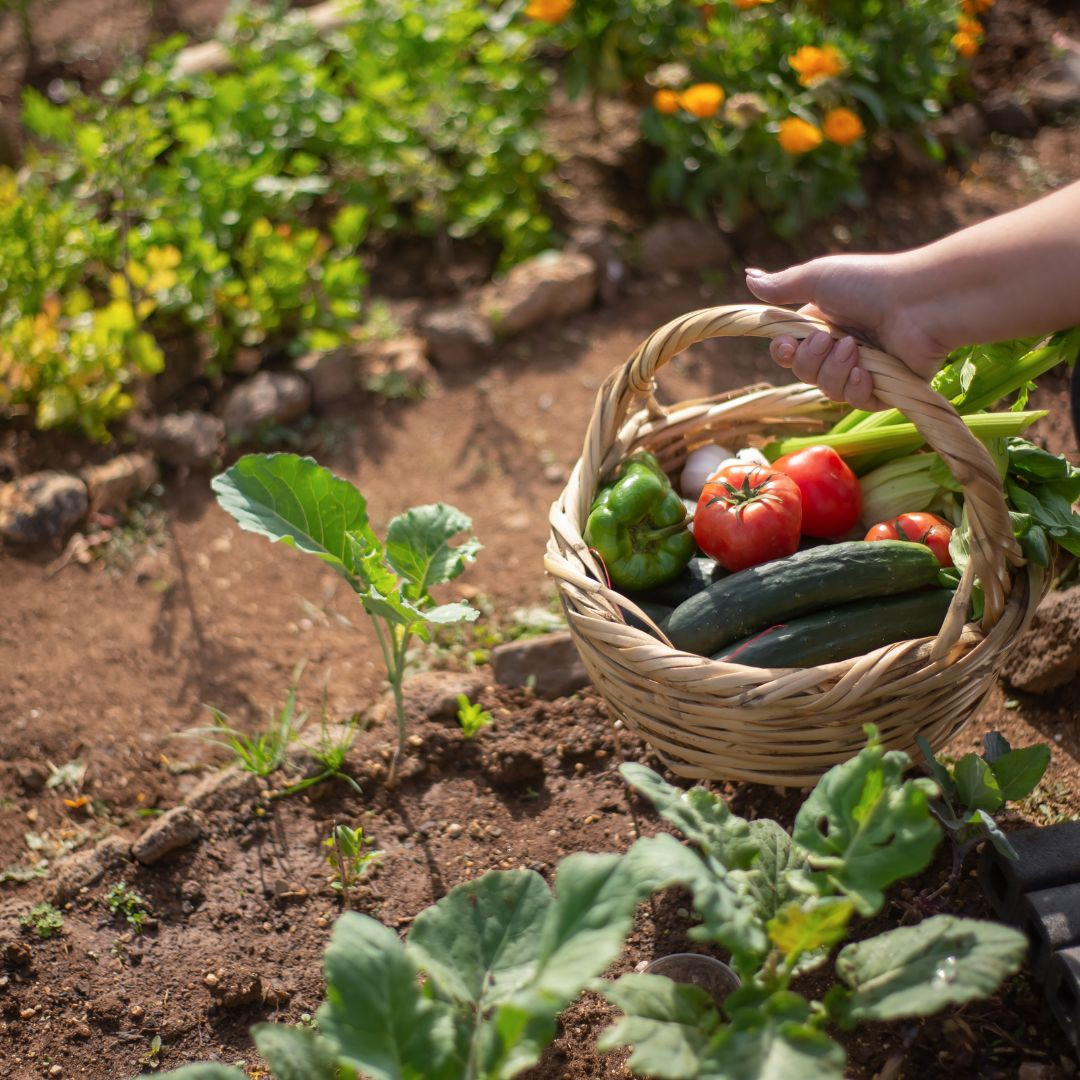
This post may contain affiliate links, which means that I may receive a commission if you make a purchase using these links, with NO additional cost to you.
As a farm wife juggling so many responsibilities, I know your time and energy are precious. But February is the perfect month to lay the groundwork for a successful home garden that can help stretch your grocery budget. Here are some manageable steps you can take, even with your busy schedule:
Indoor Planning & Starting
Keep it simple - grab a notebook during your morning coffee or evening quiet time to:
- Write down your family's most-used vegetables and fruits. Focus on what your children actually eat and what's expensive at the store. This helps avoid wasting precious time and resources on crops that won't serve your family.
- Check your seed inventory from last year before buying anything new. In tough financial times, we need to use what we have first. Those slightly older seeds will likely still germinate just fine.
Easy Indoor Seed Starting
If you have a sunny window or simple shop light:
- Start onions and leeks now - they need the longest growing time and can save significant grocery money.
- Begin cold-hardy herbs like parsley and thyme.
- Hold off on tomatoes and peppers until March - starting too early leads to leggy plants.
Outdoor Preparations
On warmer February days when you have 15-30 minutes:
- Walk your garden space and plan where things will go. Consider what failed or thrived last year.
- Start collecting cardboard from farm deliveries to lay down for weed suppression. This is especially good for new garden areas.
- Build new garden areas and lay compost.
Budget-Friendly Tips
- Save egg cartons and yogurt containers for seed-starting.
- Use old feed bags or tarps for garden cover, or seed barrier instead of buying new.
- Connect with other farmwives to share seeds and supplies.
- Start small - a few well-tended beds are better than an overwhelming large garden.
Looking Ahead
- Create a simple schedule for March planting.
- Plan your garden close to your house - busy moms need convenience.
- Consider involving your children in seed starting as part of their learning. For older kids, you can give them their own space to tend.
Remember, growing even a portion of your own food is a victory. Don't let perfect be the enemy of good enough. Start with what you can manage, and know that every small step toward self-sufficiency helps your family's food security.
For all the details on planting schedules and low-maintenance garden designs that work around farm life, check out my Gardening Basics Course.
As I've grown as an entrepreneur, mom, gardener, and livestock owner, I struggled to find a planner that met my needs and kept me organized. So, I MADE MY OWN. You can look at it on the link below and buy it on Amazon.
Don't want the whole calendar part? I got you! I pulled the gardening and animal care pages out and put them in a book all their own.
Wanting a community to lean into? Join the FREE Thriving Through Farm Life: Wife’s Support Network! In our community, we embrace the challenges of farm life and provide a supportive space for wives facing the complexities of managing a family farm. Whether you're navigating financial pressures, day-to-day operations, or seeking ways to create a thriving home, we're here for you. Explore garden and preservation tips for cultivating your oasis, share insights on animal care, and discover practical family budgeting strategies. Together, let's grow through challenges, flourish authentically, and sow the seeds for a resilient and thriving farm life. Join us on this journey of resilience and abundance!
Starting a garden doesn't have to be hard! I gathered all the tips I've learned over my gardening seasons and made them into a simple course to jump-start your gardening life.
I've had 3 very different pregnancies. After the first traumatic birth, I learned how to care for my body naturally preventing common pregnancy and birth problems before they arise. This quick course will give you the tools you need to have a natural healthy pregnancy, labor, and delivery. My first pregnancy I had a normal western medicine pregnancy. My second? I flipped to completely natural, no medicine. Bonus: Preventing Preeclampsia Without Aspirin & Healing from Birth Trauma
practical family budgeting strategies. Together, let's grow through challenges, flourish authentically, and sow the seeds for a resilient and thriving farm life. Join us on this journey of resilience and abundance!
Starting a garden doesn't have to be hard! I gathered all the tips I've learned over my gardening seasons and made them into a simple course to jump-start your gardening life.
I've had 3 very different pregnancies. After the first traumatic birth, I learned how to care for my body naturally preventing common pregnancy and birth problems before they arise. This quick course will give you the tools you need to have a natural healthy pregnancy, labor, and delivery. My first pregnancy I had a normal western medicine pregnancy. My second? I flipped to completely natural, no medicine. Bonus: Preventing Preeclampsia Without Aspirin & Healing from Birth Trauma

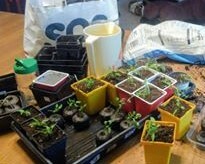


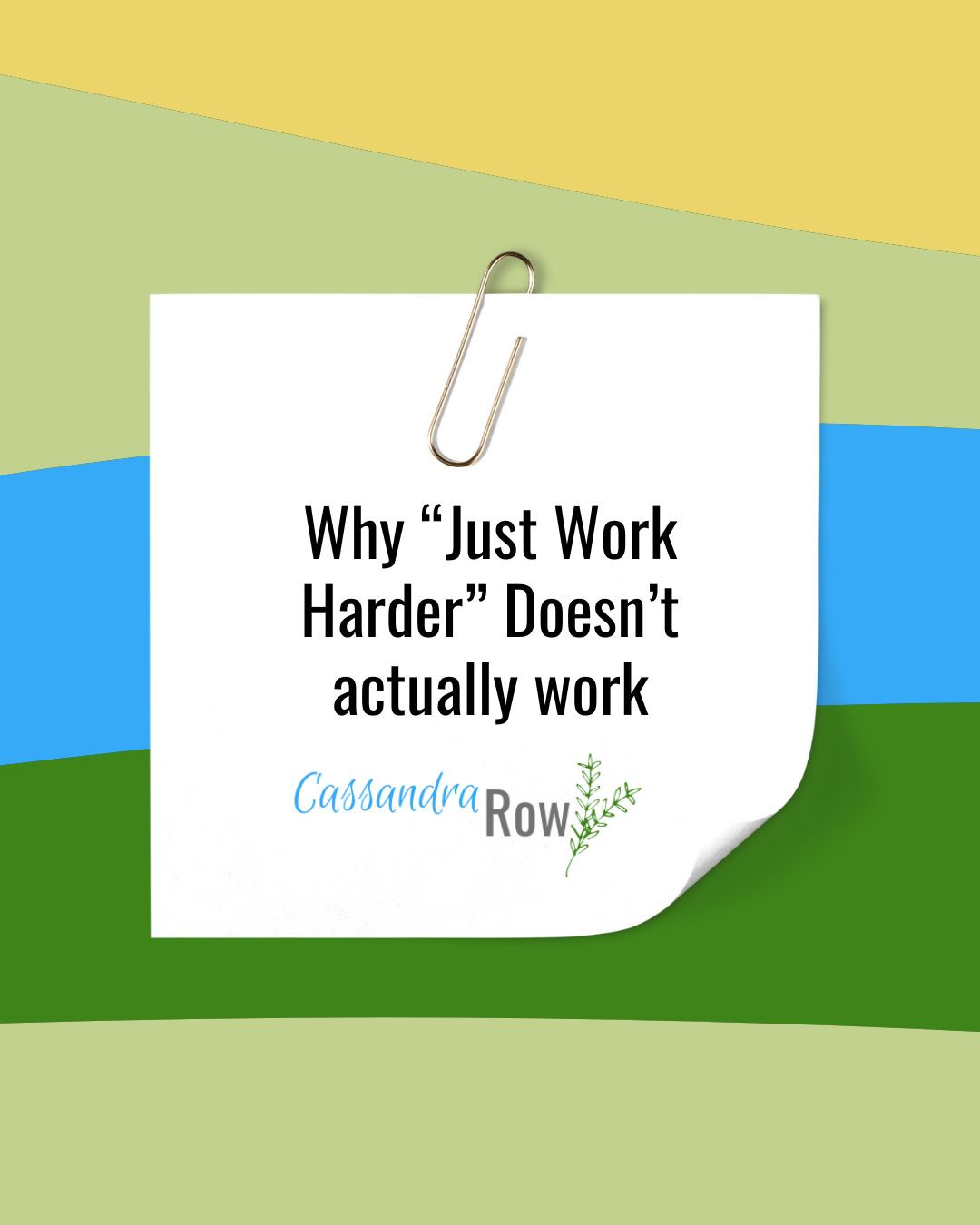
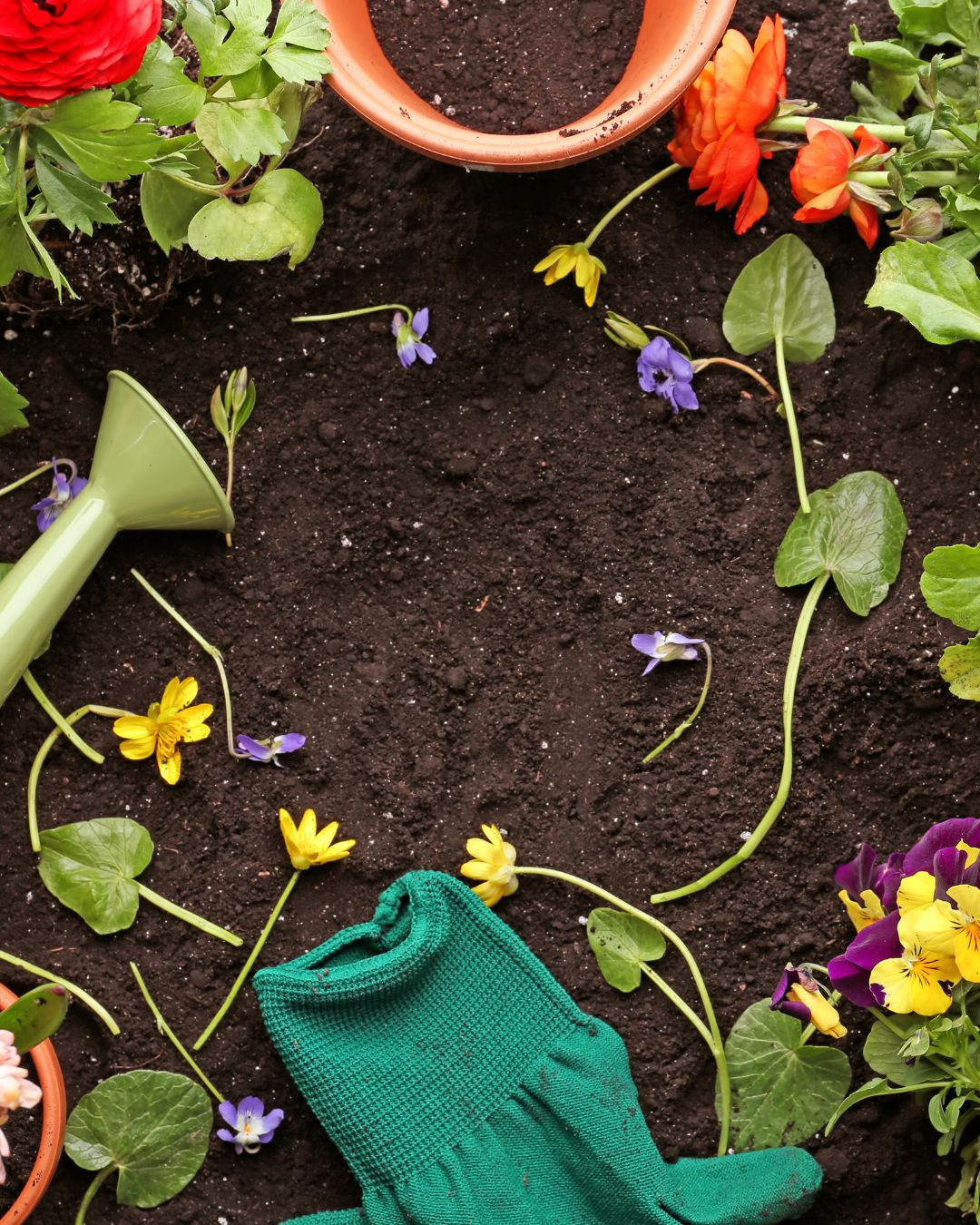
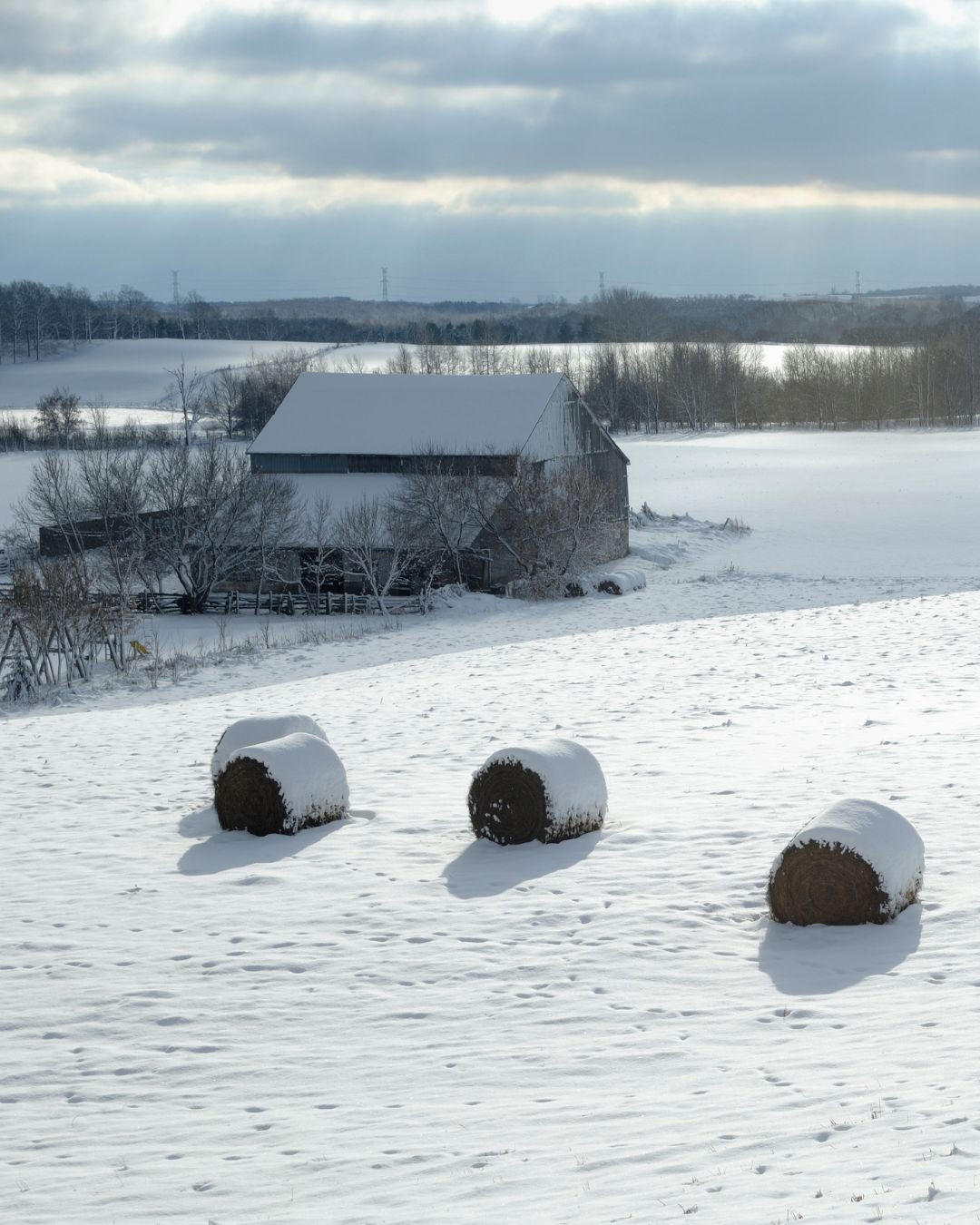
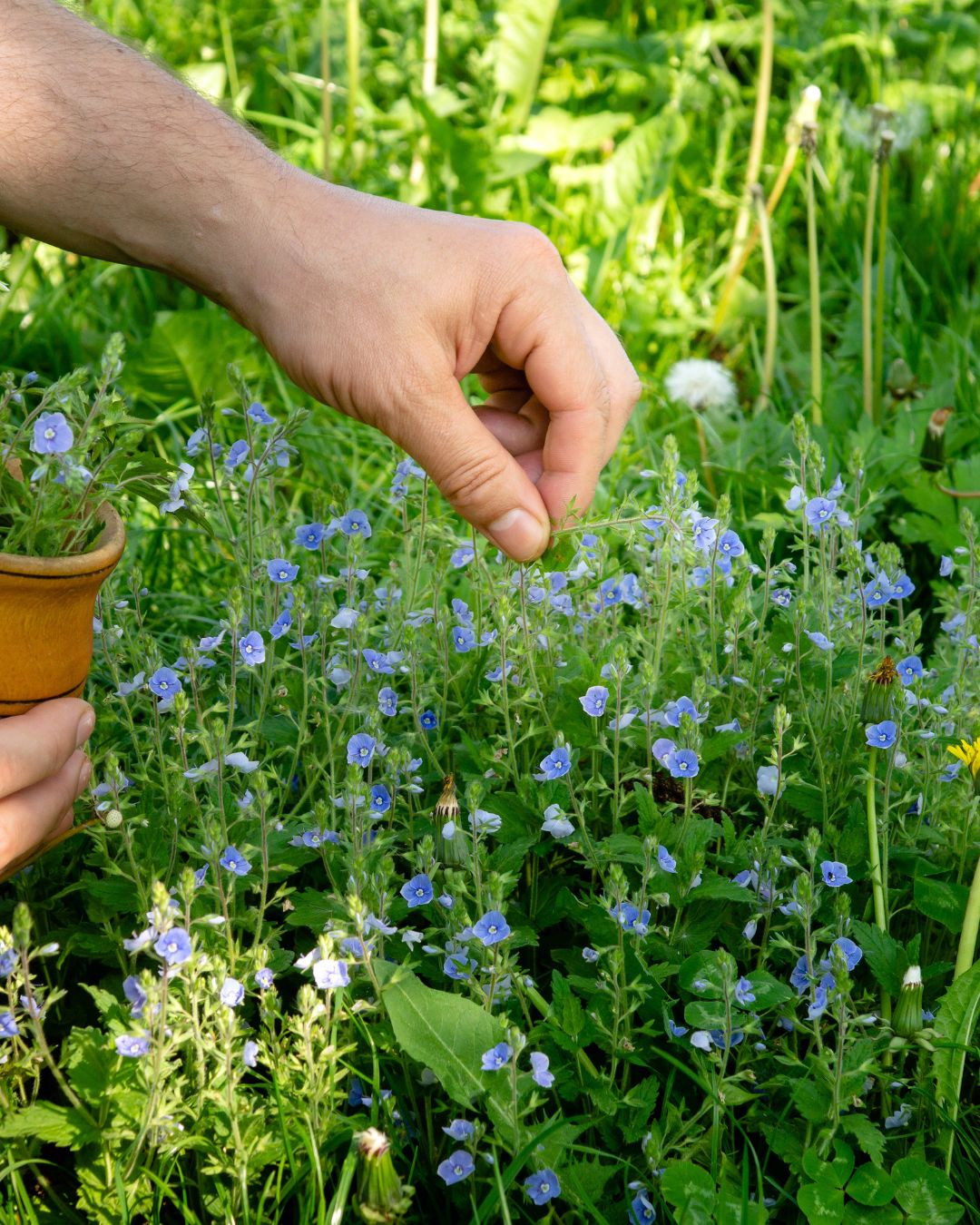

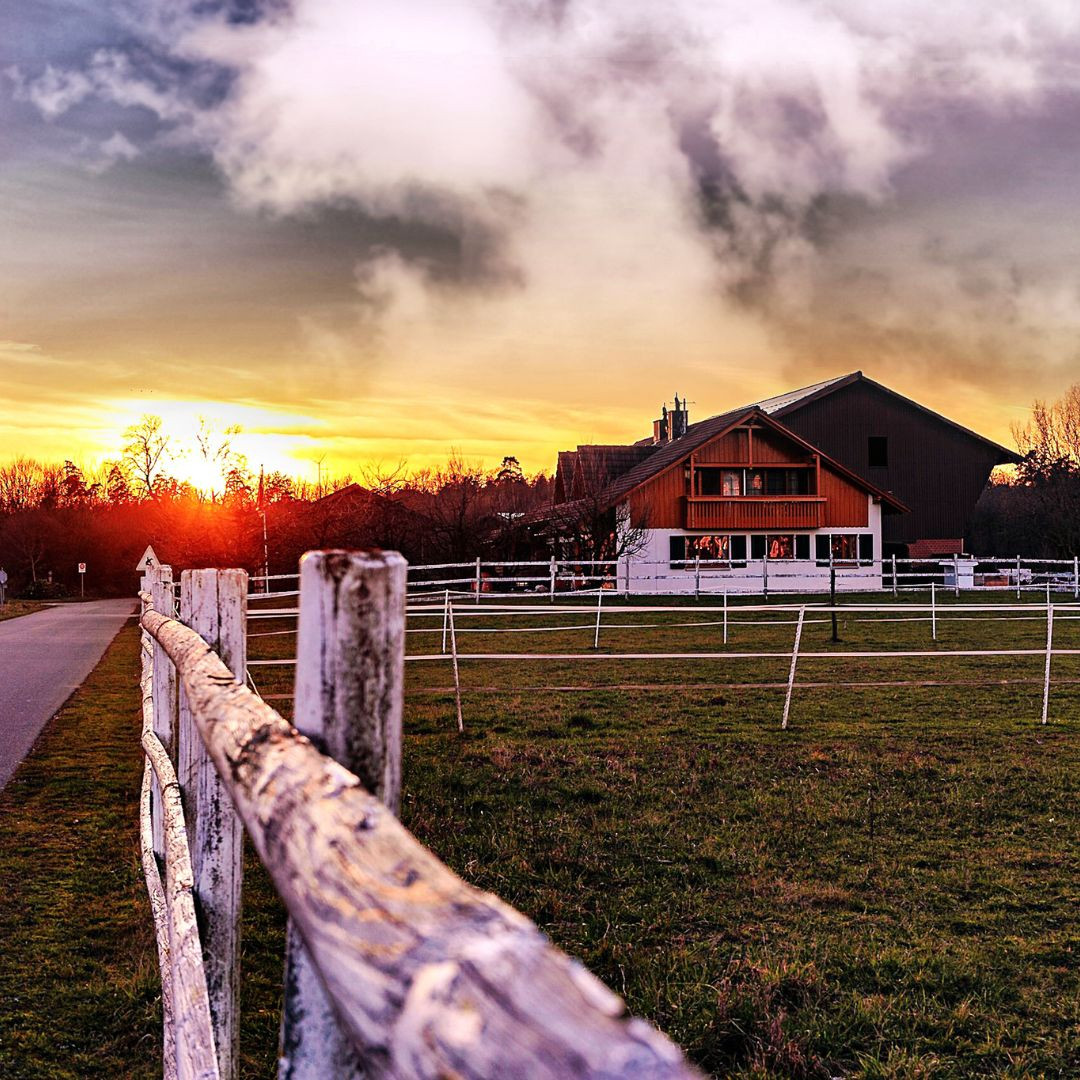




0 Comments